“Start simple. It always gets more complicated.”
Yellow bile, one of the four humors of ancient and medieval physiology, once was believed to cause irritability. Scientists since have determined that its biological function is solubilizing fat from food so it can be absorbed into the intestinal epithelia. Bile acids, amphipathic molecules produced in the liver, are the key to this process. In the gut, they form micelles with fats, sterols and fat-soluble vitamins that then are absorbed.
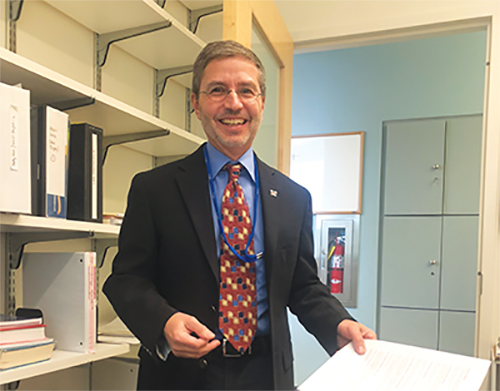
Paul Dawson knows more about bile than the average person. Dawson has studied how bile acids are absorbed and recycled — or left in the gut to be eliminated — for most of his career. His lab identified transporter proteins at the far end of the small intestine that are responsible for picking up bile acids after they’ve shed their lipid payload and returning them to the hepatic portal vein.
These days, Dawson’s work focuses on inhibitors of bile acid transport, especially of the protein apical sodium-dependent bile acid transporter, or ASBT. Because bile acids are made from cholesterol in the liver, researchers hypothesize that drugs that block their reabsorption might help to clear excessive cholesterol in fatty liver disease. Dawson’s lab has shown that bile acid uptake inhibitors can block the development of fatty liver disease in mice.
Dawson, a professor at Emory University School of Medicine and an associate editor of the Journal of Lipid Research, talked to ASBMB Today about his work. The conversation has been condensed and edited.
I understand that you run your lab jointly with a colleague who is a physician?
I’ve been camped in a clinical department for most of my faculty career. It’s been a very good experience: My clinical colleagues like to hear about the basic science, and I’ve certainly learned from their experience with patients.
I’ve known Saul Karpen for many years. When I came to Emory, we realized that there would be benefits to working together. We focus on our own research interests, but there are other areas where the synergy is really powerful. Since Saul is a practicing pediatric hepatologist and investigator, we work on basic science questions about observations that he makes in the clinic. Our offices are right next to one another, and people in our labs all work together as one larger group to answer scientific questions. I think that’s not uncommon now in academia.
Tell me about your training.
I went to Stony Brook University thinking I was going to work with someone who was doing nerve regeneration. As graduate students, we often think we know what we’re interested in, but we’re pretty undifferentiated. My first rotation was with an amazing mentor named David Williams, who was applying cutting-edge molecular biology techniques to study cholesterol metabolism and apolipoproteins. I was so excited by that work I abandoned my idea of working in the other lab and threw myself into learning all I could about cholesterol metabolism.
In the summer, Michael Brown would visit Long Island with his wife, Alice, and children. (Note: Brown and Joe Goldstein are longtime collaborators at the University of Texas Southwestern.) I remember Mike Brown visiting my advisor to talk about what was going on in cholesterol metabolism. This is just prior to Brown and Goldstein winning their Nobel Prize; they were doing amazing work on the LDL receptor and control of cholesterol homeostasis.
I had a chance to meet with Brown when I was getting ready to graduate, which emboldened me to apply to their lab for a postdoc. It was a nerve-wracking period, because I didn’t hear anything for a while, and then they won the Nobel Prize. I thought, “Well, I don’t know if I’m going to make it into their lab or not.” I was amazed when literally two weeks after they won the prize, I got an acceptance letter. I still have it. It was a real turning point in my career.
I took over a project from Thomas Südhof, who was leaving the lab to do his Nobel Prize–winning work on synaptic transmission. Helen Hobbs was in the lab, and Tim Osborne — really great scientists, early in their careers. I learned so much vicariously by talking to others around me. Brown and Goldstein were wonderful mentors — demanding, but appropriately so. It was an amazing time in their lab.
When I was finishing, Larry Rudel recruited me to Wake Forest School of Medicine. Larry built a vibrant ecosystem for lipid investigators. He was in a sense a Johnny Appleseed, training investigators and then sending them out around the country. There’s a whole generation of lipid researchers that passed through the Section on Lipid Sciences he put together.
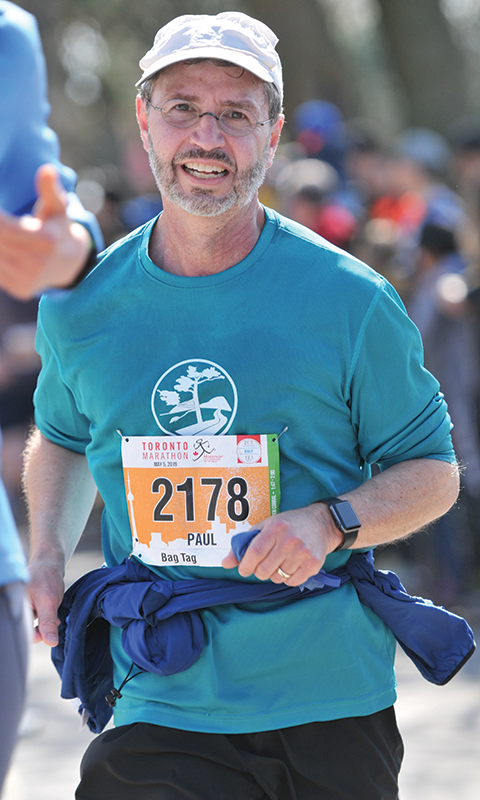
What research questions did you work on at Wake Forest?
When I was getting ready to leave my postdoctoral lab, in discussions with colleagues, I recognized an interesting niche: The transporters responsible for moving bile acids hadn’t been identified. These are important control points that establish the fate of bile acids, either enterohepatic cycling or elimination from the body, and could potentially contribute to the pathophysiology of a variety of diseases. When I moved to Wake Forest and started my lab, the question was, “How do bile acids — which are charged molecules and prevented from just passively diffusing across a membrane — get from the lumen of the gut into the portal circulation?”
I came up in that generation when it was possible to start out focusing on something very basic with translational implications and spend much of your career trying to work that out. Looking back now, it wasn’t exactly as charted, but we were able to do the things I wanted. We identified a sodium cotransporter called ASBT that’s responsible for absorbing bile acids from the intestine, and a binding protein that helps move bile acids within the cell. We also discovered that mutations in ASBT cause primary bile acid malabsorption and congenital diarrhea.
Then the question was, “If a bile acid gets in on one side of the (epithelial) cell, how does it get out the other side?” That took longer to figure out, but we were ultimately able to show that another transporter, organic solute transporter alpha-beta, moves the bile acid across the basolateral side into blood. If it’s mutated in patients, this transporter also causes congenital diarrhea. It was very satisfying establishing that this is the basic permeation pathway for how bile acids traverse the intestinal epithelial cell.
You moved to Emory a few years ago. Has your research focus stayed the same?
I’m interested in how preventing the return of bile acids to the liver can potentially produce benefit there. The transporter on the apical membrane turned out to be an interesting drug target for small-molecule inhibitors. We’ve worked with industry over the years, and they ultimately developed nonabsorbable inhibitors that can block bile acid uptake. Now there’s a whole group of these therapeutics in clinical development. I was interested in helping to evaluate them critically and, if they’re promising, to move them forward into patients. Coming here was an opportunity for me to work with Saul Karpen and other clinical investigators on that.
You mentioned working with pharmaceutical researchers. What was that like?
Early on in the development of the inhibitors for ASBT, Wake Forest patented the use of cells for screening and then licensed them to various companies. I helped them set up the screens used to identify some of the high-affinity small-molecule inhibitors that were developed.
It took more than a decade from the identification of the transporter to the development of the inhibitors and their use in patients. When we were first cloning it in the lab, if someone had said to me, “Years down the road, these cloned transporters will be used in screens that will lead to a drug that will end up in a patient,” I’m not sure I would have believed them. But that’s ultimately what happened.
What’s it like getting a glimpse into pharmaceutical research?
It’s refreshing. You learn so much from the way these colleagues think about how to address questions. In the lab, we sometimes take a meandering approach, which can be valuable; but sometimes we’ve meandered off a little too far in one direction or the other before we came back to the center and figured out where we were going.
There are times when the efficiency that I’ve seen from people in industry would be useful, especially for students. At the end of the day, they need to produce a body of work that will be publishable and provide all the research skills that they need to move on with their training and careers.
So how do you balance following your curiosity with productivity?
Typically, students start out with a couple of potential projects. After a certain period of time, we say, “Okay, set that one on the back burner and shift your attention to this one. You’re making good progress here, and this is a project that can carry you to the finish line.”
We looked for the basolateral bile acid transporter, which gets the bile acid out of the enterocyte, for about eight years. Students would work on that project, trying various strategies, and then, if it looked like it wasn’t going to work, they moved on to something safer so they could move forward in their careers.
When did you first become involved with the Journal of Lipid Research? What have you most enjoyed about joining its leadership team?
The JLR had always been one of my go-to journals to follow what’s going on in the lipid field. I joined the editorial board in 2011. Then in 2019, Nick Davidson and Kerry-Anne Rye (the JLR’s editors-in-chief) invited me to be an associate editor. I have enjoyed working with the editors, other AEs and staff as the group works to chart the future for the JLR.
Is there advice for research that you find yourself giving again and again?
That idea of being fearless; in Brown and Goldstein’s lab, they really instilled that concept. Find a good question, and think through what you would need to answer that question. And start simple, because it always gets more complicated as you move forward.
Also, talk a lot with other people in the lab and other students and postdocs and faculty. A lot of science is tacit; you read the methods section of a paper, and a lot of nuances aren’t there. But if you have a chance to talk to somebody in the next lab, you can learn so much from them.
What are you most interested in outside the lab?
My wife, Anu Rao, and I — she’s a scientist too — are both runners. We’ll get up early in the morning and go for a run with friends; it’s a really good way to start the day and helps clear our heads.
If we’re at a meeting, we’ll look to see if there’s a race nearby. If we go on a trip, we try to plan it along with a race — typically something not so long, like a half-marathon, so that it’s manageable. We’d always wanted to visit Iceland, so we went there in August when there was a half-marathon in Reykjavik.
Running is something you can do on most mornings. You can just go out the door, run and come back and feel pretty good as you get started on your day.
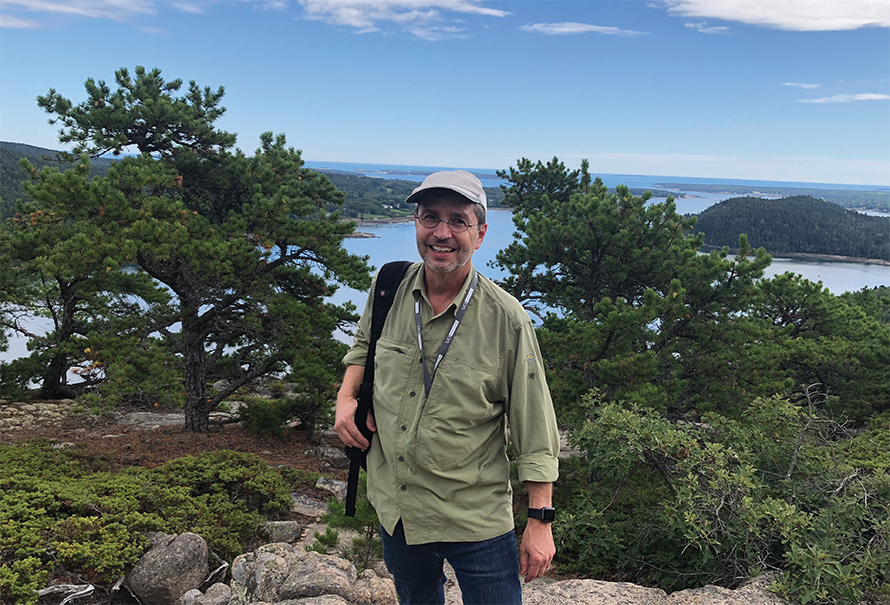
Enjoy reading ASBMB Today?
Become a member to receive the print edition monthly and the digital edition weekly.
Learn moreGet the latest from ASBMB Today
Enter your email address, and we’ll send you a weekly email with recent articles, interviews and more.
Latest in People
People highlights or most popular articles
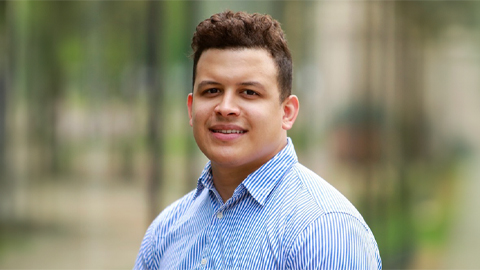
MOSAIC scholar explores enzymes
Organic chemist Edwin Alfonzo's scientific journey took an unexpected turn when he discovered the world of enzymes.
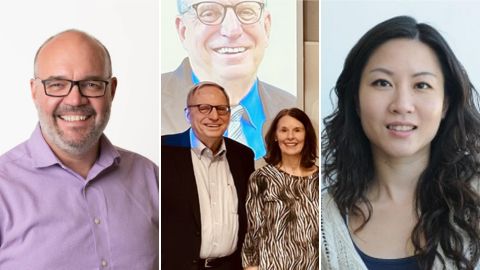
Honors for Wright, Chiu and Flanegan
Awards, promotions milestones and more. Find out what's going on in the lives of ASBMB members.
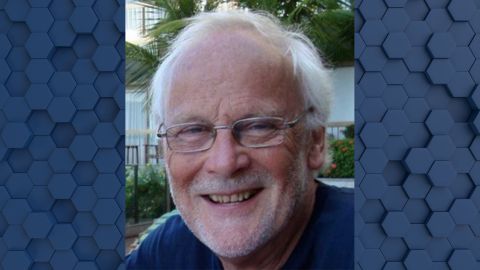
In memoriam: Michael Waterfield
He was a British biochemist and a pioneer in the cancer research field who opened a proteomics lab at University College London.
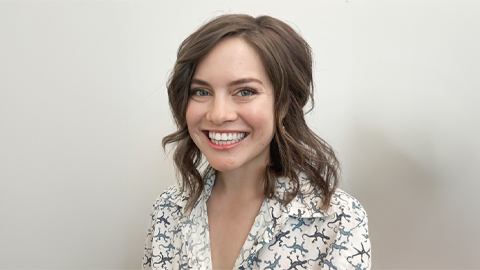
Bakers and mentors help a MOSAIC scholar change her life
Joanna-Lynn Borgogna studies the vaginal microbiome, the metabolome and the development of gynecological disorders in reproductive-aged women.
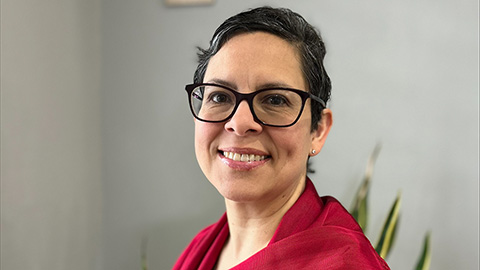
Swapping stethoscope for pipette to understand diabetic retinopathy
MOSAIC scholar Emma M. Lessieur Contreras is inspired by the work of her ophthalmologist father.
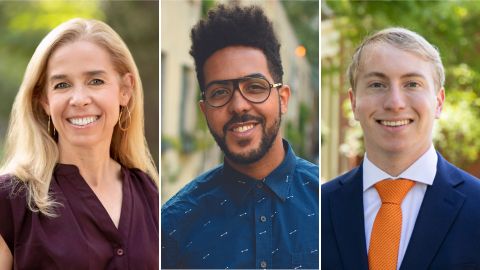
Honors for Lemon, Silva and Brownlee
Awards, promotions, milestones and more. Find out what's going on in the lives of ASBMB members.

